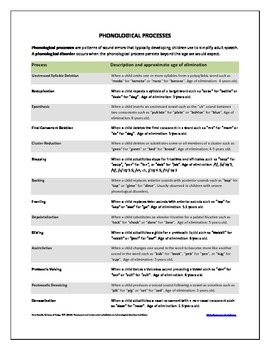
Strengthening (or Fortition) – phonological process in which a sound is made strongerĮx. Two historical examples include Old English ( brid and aks) becoming Modern English ( bird and ask).Ħ. To make words easier to pronounce and understand, letters are switched. Metathesis – phonological process in which sounds switch places in the phonemic structure of a wordĮx. Police becomes “plice”, and friendship is said as “frienship”.ĥ. Vowels can be deleted to make one-syllable words that are easier to pronounce in a fast manner. Deletion (or Elision) – phonological process in which speech sounds disappear from wordsĮx. In English, many add a /p/ to hamster and say “hampster”.Ĥ. Voiceless stop insertion where, between a nasal consonant and a voiceless fricative, a voiceless stop with the same place of articulation as the nasal consonant is inserted. Insertion – phonological process in which a sound is added to a wordĮx.

The word sixth is pronounced sikst where /sθ/ becomes /st/.ģ.

Manner dissimilation in which a stop becomes a fricative when followed by another stop. Dissimilation – phonological process in which two close sounds, similar consonants or vowels, change to become less alikeĮx. In front of bilabial words, like put or between, in– is pronounced with an m, “imput” or “im between.”Ģ. The prefix in- where sometimes it appears as in– and others as im. Assimilation – phonological process in which a sound changes to resemble a nearby sound and can occur both forward and backward, within a word or between wordsĮx.

Here are the seven major types of phonological rules/processes with examples.ġ. Phonological rules in English can be classified by the kind of process they involve. Here is an interesting discussion I had in my class recently.


 0 kommentar(er)
0 kommentar(er)
